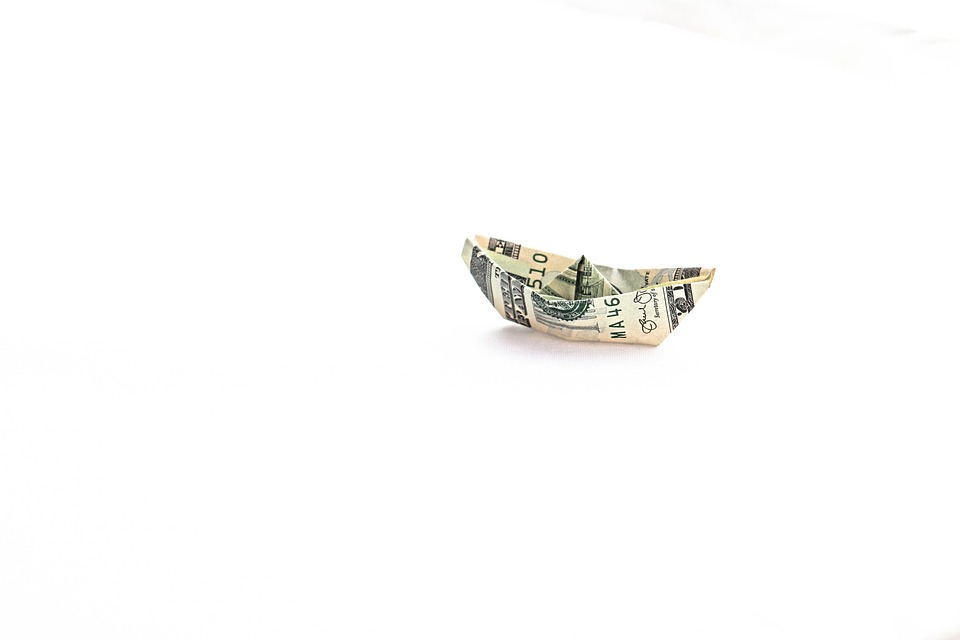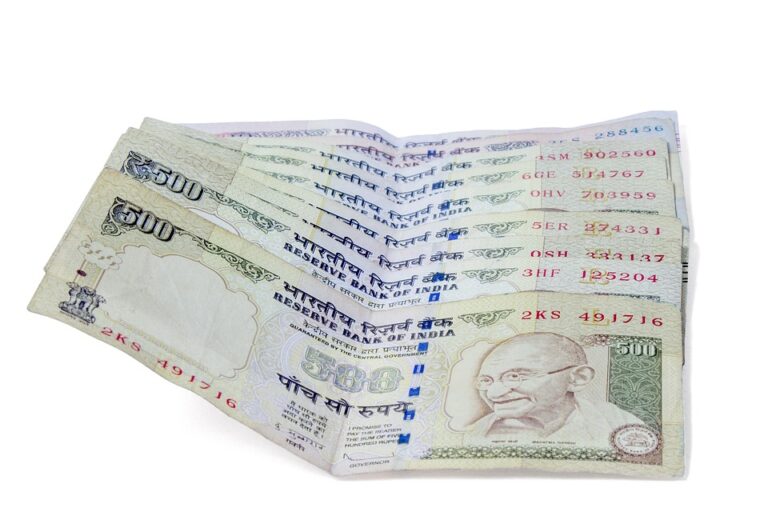Last updated Jun. 22, 2024 by Peter Jakes
How to Make Your Home More Energy Efficient in the Summer
As temperatures soar in the summer months, ensuring your home remains an oasis of cool and comfort can often lead to high energy bills. However, with a few strategic adjustments, you can reduce your energy consumption while maintaining a comfortable living environment. This comprehensive guide offers insights and actionable tips on how to make your home more energy-efficient this summer.
1. Optimize Your Air Conditioning
Regular Maintenance
Keeping your air conditioning unit in top condition significantly impacts energy efficiency. Schedule regular maintenance checks to ensure it’s running optimally. Clean or replace filters once a month during peak seasons to improve airflow and efficiency.
Programmable Thermostats
Installing a programmable thermostat can save up to 10% on your cooling bills. Set it to higher temperatures when you’re away and lower when you’re at home. Smart thermostats offer even more control, allowing you to adjust settings remotely.
2. Enhance Insulation
Seal Leaks
Check and seal leaks around windows, doors, and vents. Use weather stripping and caulking to prevent cool air from escaping, which can reduce cooling costs by up to 20%.
Attic and Wall Insulation
Ensure your attic and walls are properly insulated. Insulation acts as a barrier, slowing down the transfer of heat into your home. Invest in high-quality insulation materials for better performance.
3. Upgrade Windows and Doors
Energy-Efficient Windows
Consider installing energy-efficient windows that have multiple panes and are coated to reflect heat. These windows can lower your cooling costs significantly.
Window Treatments
Use sun-blocking window treatments like shades, blinds, or thermal curtains to reduce heat gain. Reflective film can also be applied to windows to block out harmful UV rays and reduce indoor temperatures.
4. Optimize Your Ventilation
Use Fans Wisely
Ceiling fans can be a cost-effective way to improve air circulation. Ensure fans rotate in a counter-clockwise direction to create a wind-chill effect. Portable fans can also be strategically placed to enhance airflow.
Ventilation Systems
Improve your home’s ventilation by using exhaust fans in kitchens and bathrooms. These fans expel hot air, reducing the burden on your cooling system.
5. Light and Appliance Management
LED Lighting
Switch to LED bulbs, which produce less heat and use up to 75% less energy compared to incandescent bulbs. Opt for energy-efficient lighting fixtures to further reduce energy consumption.
Energy-Efficient Appliances
Choose Energy Star-rated appliances that consume less power. Be mindful of how you use gadgets; for instance, avoid using ovens and stovetops during the hottest part of the day.
6. Landscaping for Shade
Strategic Planting
Plant trees and shrubs around your home to provide natural shade. Deciduous trees are ideal, as they block sunlight in the summer but let light through in the winter.
Green Roofing
Consider investing in a green roof or cool roof. These systems not only insulate your home but also reflect more sunlight and absorb less heat, reducing cooling costs.
7. Harness Renewable Energy
Solar Panels
Installing solar panels can drastically reduce your electricity bills by harnessing renewable energy to power your home. While the initial investment is substantial, long-term savings are significant.
8. Behavioral Changes
Thermostat Settings
Raise the thermostat setting when you’re not home. Each degree you raise the thermostat can save about 3% on your cooling bill.
Unplug Devices
Unplug electronic devices when not in use; even in standby mode, they can consume energy and generate heat.
✓ Short Answer
Improving energy efficiency in summer involves optimizing your air conditioning through regular maintenance and programmable thermostats, enhancing home insulation, upgrading to energy-efficient windows and appliances, and making behavioral changes like raising thermostat settings and unplugging devices when not in use. By adopting these practices, you can reduce energy usage and cut costs while staying comfortable.
FAQ Section
Q1: What is the best thermostat setting for summer?
A: The U.S. Department of Energy recommends setting your thermostat to 78°F (25°C) when you are at home and needing cooling, and higher when you are away.
Q2: How often should I replace my air conditioning filters?
A: Ideally, you should check and replace your air conditioning filters every 30 to 90 days during the summer months to maintain optimal performance.
Q3: Are there government rebates for installing solar panels?
A: Yes, many local and federal programs offer rebates and tax credits for installing solar panels. Check with your local utility provider and government websites for available incentives.
Q4: Can using fans reduce the need for air conditioning?
A: Yes, fans improve air circulation and create a wind-chill effect, which can make you feel cooler. This allows you to raise the thermostat setting and reduce the use of air conditioning.
Q5: What type of window treatments are best for blocking heat?
A: Cellular shades, blackout curtains, and reflective window films are highly effective in blocking heat from entering your home.
By implementing these strategies, you can enjoy a cooler, more energy-efficient home during the summer months, reducing both your carbon footprint and your energy bills.







